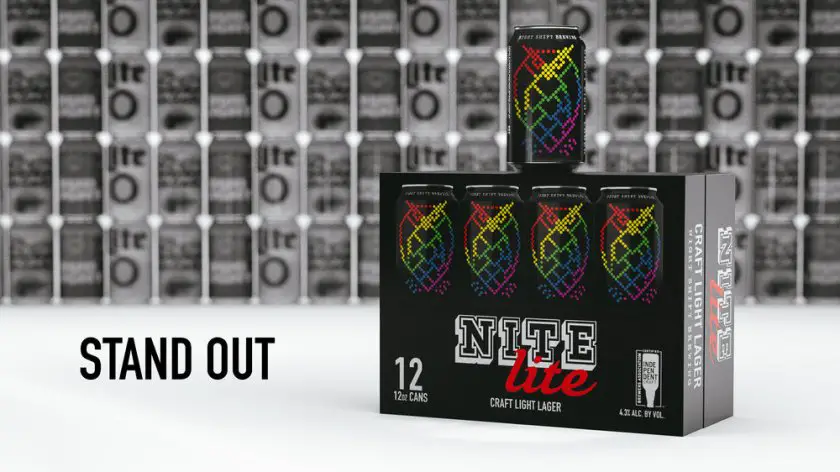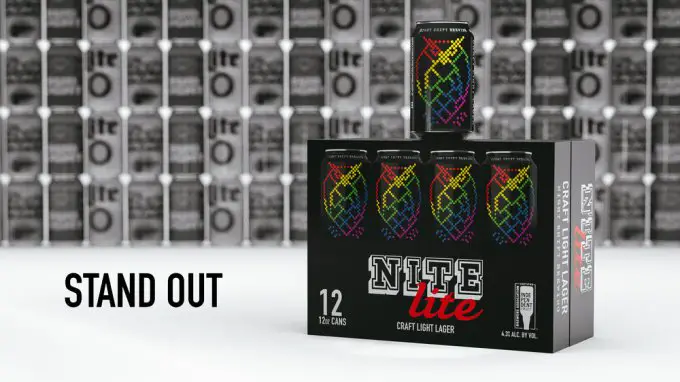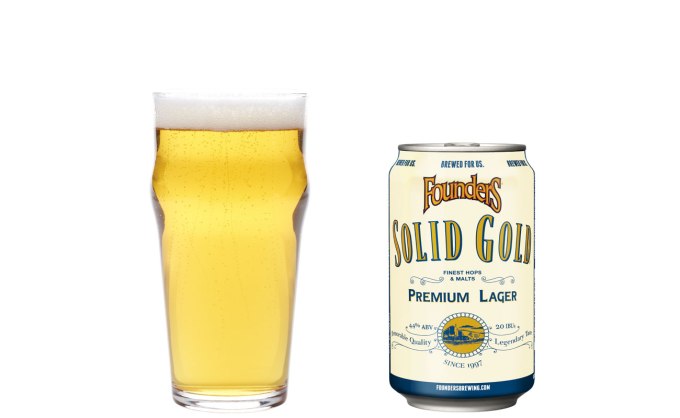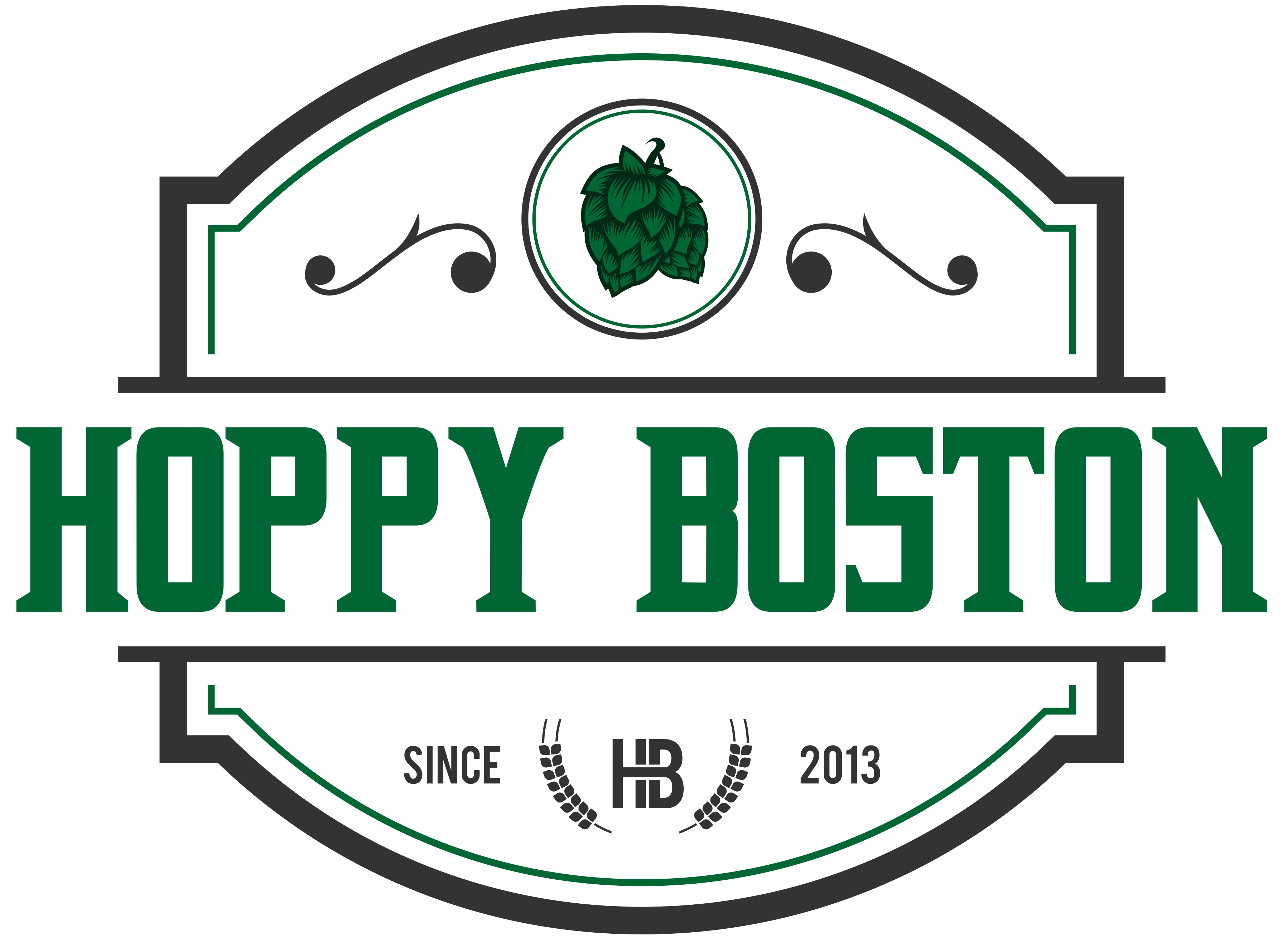
There is a significant movement in craft beer right now, and it comes as a surprise to many. The craft sector is best known for their bold flavors, beer geeks go wild for hop bomb IPAs, boozy imperial stouts and mouth puckering sours, and these styles dominate craft tap lists and rating sites. Many popular breweries are now also embracing light and drinkable beer styles, cream ales, golden ales, pilsners, and even beers in the adjunct light lager style that the craft community long derided. Some significant examples include Night Shift Nite Lite, Founders Solid Gold and Firestone Walker Lager. Each of these beers is low alcohol and eschews bold flavors in favor of easy drinkability. While the craft sector has continued to grow and take a larger share of the overall beer market, it is still a very small segment of total beer sales, and these new beers look like a more direct challenge to big beer. It makes sense for these breweries to try to expand their potential market instead of continuously competing over the same relatively small group of IPA and stout drinkers, but do they have any shot in a very different marketplace long dominated by a few large conglomerations?
 First, lets clear up a common misconception. While the majority of craft beers are ales the idea of craft lagers is far from new. Many of the beers that played a huge role in the rise of craft beer were lagers, including Sam Adams Boston Lager, Brooklyn Lager and Victory Prima Pils. These brewers found a balance between the familiarity and accessibility of lager styles and vibrant flavor than separated them from the macro adjunct lagers that dominated the market. With the recent explosion of new breweries and the resulting increase in competition many brewers have re-visited lager styles as a way to differentiate themselves, including a few breweries that exclusively brew lager beers. Many of these beers are designed for the craft market, with significant hop additions or high ABVs, and even the lighter styles like pilsner are sold as a premium product with a price point much closer to other craft styles than macros. While some of the oldest craft breweries like Yuengling and Narragansett continuously brewed beers that are reminiscent of macro lagers, light adjunct lager was a style that most upstart craft brewers intentionally avoided.
First, lets clear up a common misconception. While the majority of craft beers are ales the idea of craft lagers is far from new. Many of the beers that played a huge role in the rise of craft beer were lagers, including Sam Adams Boston Lager, Brooklyn Lager and Victory Prima Pils. These brewers found a balance between the familiarity and accessibility of lager styles and vibrant flavor than separated them from the macro adjunct lagers that dominated the market. With the recent explosion of new breweries and the resulting increase in competition many brewers have re-visited lager styles as a way to differentiate themselves, including a few breweries that exclusively brew lager beers. Many of these beers are designed for the craft market, with significant hop additions or high ABVs, and even the lighter styles like pilsner are sold as a premium product with a price point much closer to other craft styles than macros. While some of the oldest craft breweries like Yuengling and Narragansett continuously brewed beers that are reminiscent of macro lagers, light adjunct lager was a style that most upstart craft brewers intentionally avoided.
There are two types of light lagers that are quickly gaining popularity with craft brewers. One is Mexican style lagers, modeled after beers like Corona or Modelo. This sub-style has seen significant growth during a period when many other beer styles are in decline, so there is clearly a market for these beers. The other sub style is adjunct light lagers, like Bud Light or Coors Light. After years deriding fizzy yellow beers we are now seeing popular and highly respected breweries take the plunge into this space. This isn’t out of nowhere. While beer geeks sing the praises of bigger and bolder beers and wait in line for rare releases, they represent a very small subset of the beer drinking community. Some of the biggest growth in craft has been in lighter and easier to drink beers. A large portion of the beer drinking population enjoys a beer that has some flavor but is also crisp and easy drinking. Even many hop heads find the need to drink lighter beers every so often. It’s hard to pound a bunch of DIPAs to an afternoon BBQ unless your plan is to be in bed well before sunset.
 Breweries have a couple major hurdles when they try to take on big beer at their own game. The biggest is probably the brand loyalty of macro drinkers. Most Bud, Coors or even Heineken drinkers drink that brand nearly exclusively. I have seen more than one heated argument about the merits of one of these beers, or the short comings of another in comparison. I guess these craft breweries can hope to build this type of brand loyalty for their new beers, but they will have a hard time converting customers that have been loyal to another brand for years. The other hurdle is price point. Some people have no issue dropping large sums of money on their beers of choice, but for many macro drinkers an extra couple of bucks for a 12 pack is a non-starter. Small breweries might be able to compete with Heineken or even Corona on price, but they probably have no shot at Budweiser or Miller. Craft breweries also have a severe disadvantage in the marketing department. Big beers spends massive dollars to create a brand and sell an alleged lifestyle to accompany the brand. Corona wants you to feel like you are on vacation at a beach whenever you open a bottle and drop in a slice of lime, Bud Light tells you to feel like every day is a party and Coors Light wants to assure you that their beer is very cold (which is apparently a good thing). I doubt Founders or Firestone Walker will be advertising their products during the Super Bowl.
Breweries have a couple major hurdles when they try to take on big beer at their own game. The biggest is probably the brand loyalty of macro drinkers. Most Bud, Coors or even Heineken drinkers drink that brand nearly exclusively. I have seen more than one heated argument about the merits of one of these beers, or the short comings of another in comparison. I guess these craft breweries can hope to build this type of brand loyalty for their new beers, but they will have a hard time converting customers that have been loyal to another brand for years. The other hurdle is price point. Some people have no issue dropping large sums of money on their beers of choice, but for many macro drinkers an extra couple of bucks for a 12 pack is a non-starter. Small breweries might be able to compete with Heineken or even Corona on price, but they probably have no shot at Budweiser or Miller. Craft breweries also have a severe disadvantage in the marketing department. Big beers spends massive dollars to create a brand and sell an alleged lifestyle to accompany the brand. Corona wants you to feel like you are on vacation at a beach whenever you open a bottle and drop in a slice of lime, Bud Light tells you to feel like every day is a party and Coors Light wants to assure you that their beer is very cold (which is apparently a good thing). I doubt Founders or Firestone Walker will be advertising their products during the Super Bowl.
Craft Brewers also have a few big advantages in this competition. The major one is volume, the amount of these beers that a small brewery needs to sell for the release to be a success is relatively tiny compared to a macro beer. This is one beer in each breweries portfolio, it doesn’t need to drive their bottom line as much as complement the other things they already do well. There are also examples of light lagers outside the big three brands gaining popularity without traditional marketing and advertising, Pabst Blue Ribbon is a good example, I’ve never seen a PBR ad on TV but they have a strong cult following. Finally, these breweries have a built in fan base. I’m probably not going to choose Nite Lite over Whirlpool or Morph for myself, but if I’m hosting a BBQ I would definitely buy a 12pk of that over a macro to offer to my guests that prefer light beers. If these breweries focus on attracting customers who prefer lighter beer but want a premium product they have a chance to build solid followings. It will be interesting to see if these beers become staple brands or fade away quickly. While I doubt my friends who are loyal macro drinkers will buy these instead, I imagine the light lager styles will quickly become solid sellers for the breweries involved.

So I’ll throw it to my readers: What do you think of the craft light lager trend? Will you buy these beers? If you do will it be a one-time try, occasional purchase or regular part of your rotation? Let me know here or on social media!
I’ve found a few other well written articles on this trend that I feel like I should pass along:
Good Beer Hunting on Nite Lite
The Fervent Few on Craft Light Lagers
Jason Notte on How Craft Lagers Became Cool
